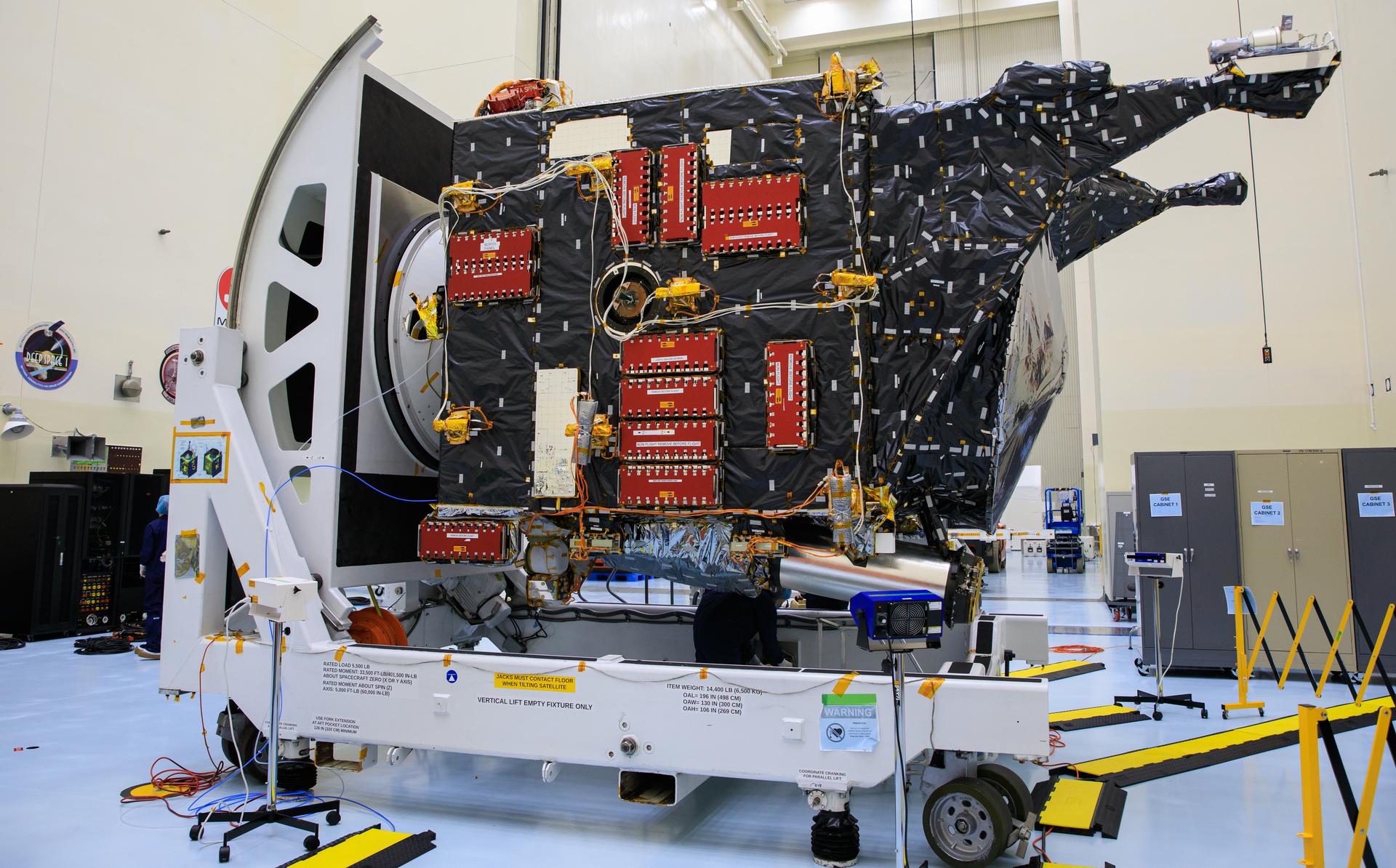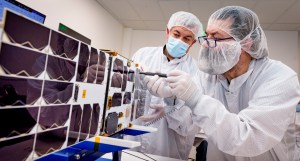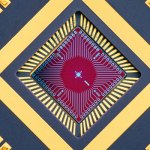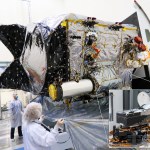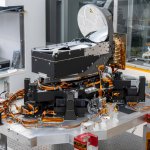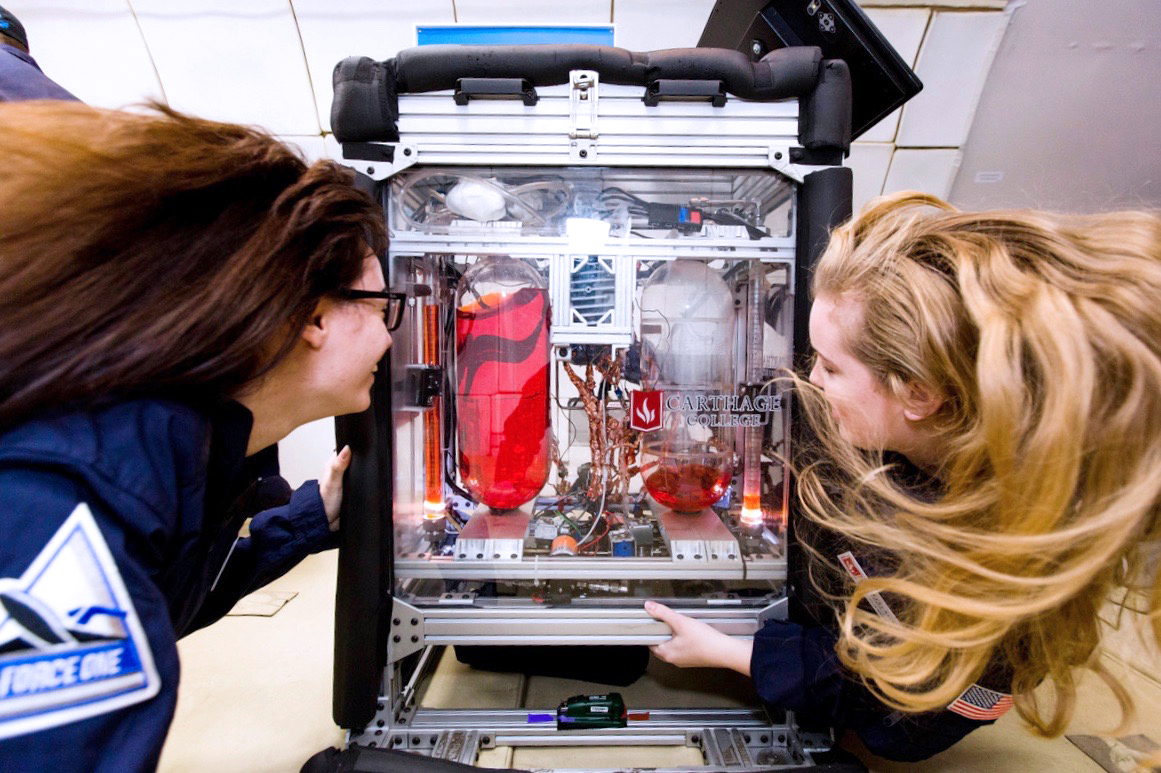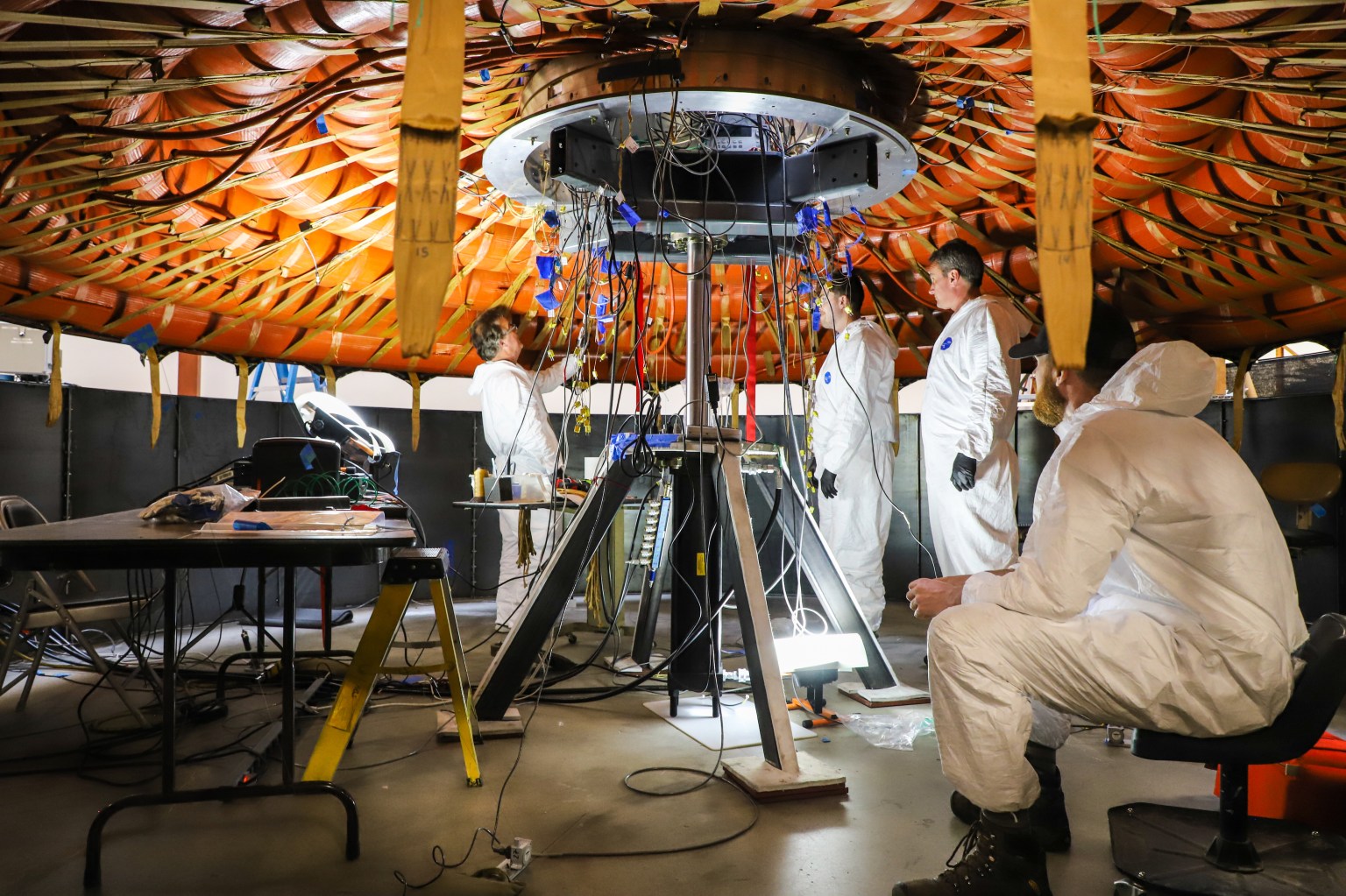Deep Space Optical Communications (DSOC)
NASA’s DSOC experiment is the agency’s first demonstration of optical communications beyond the Earth-Moon system. DSOC is a system that consists of a flight laser transceiver, a ground laser transmitter, and a ground laser receiver. New advanced technologies have been implemented in each of these elements.
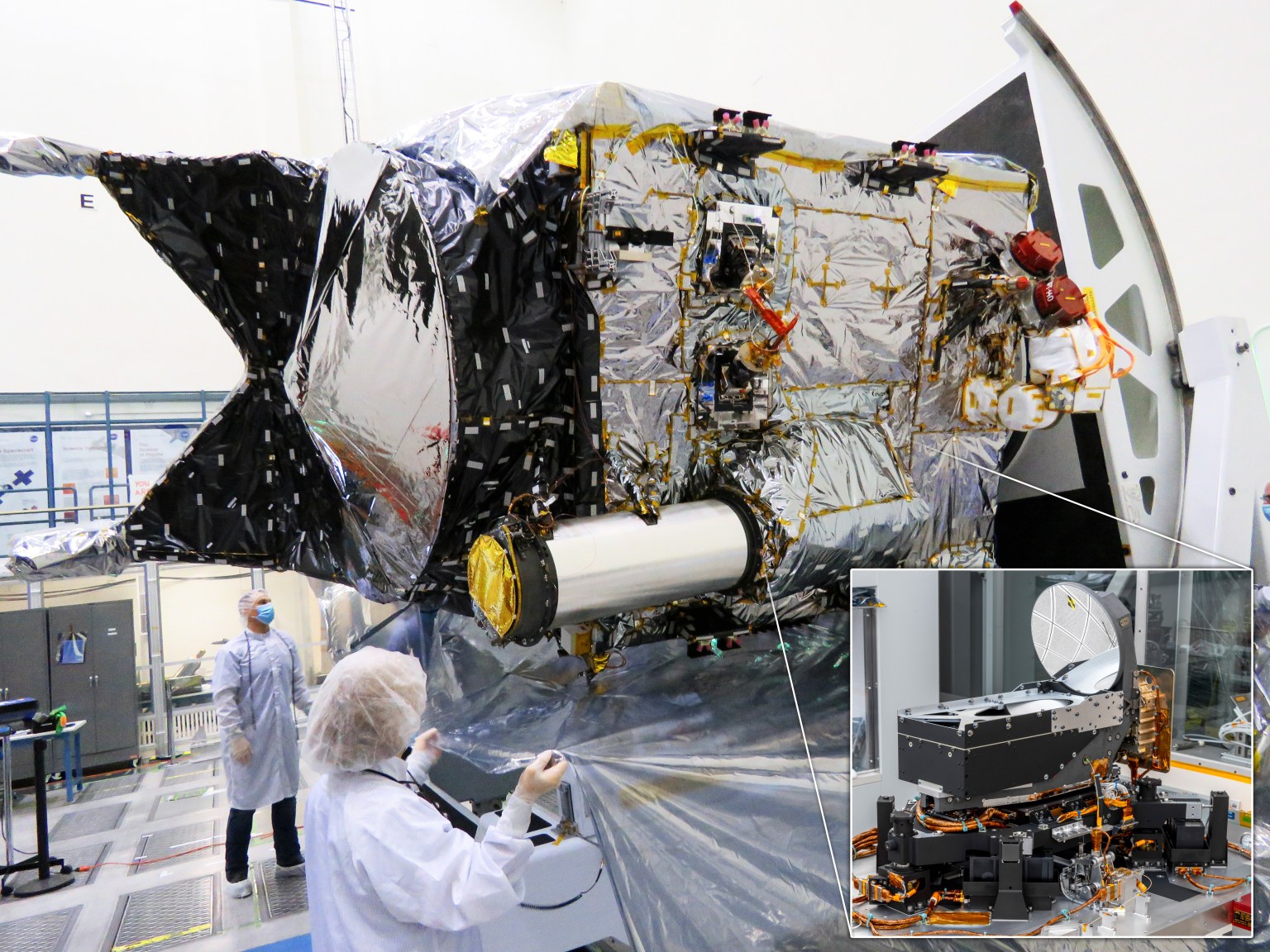
More Deep Space Optical Communications News
Timeline
Oct. 13, 2023: NASA’s Psyche spacecraft launches from NASA’s Kennedy Space Center on a SpaceX Falcon Heavy rocket.
Nov. 14, 2023: First contact between DSOC ground systems and the flight transceiver aboard Psyche. The tech demo achieves “first light” with a near-infrared laser encoded with test data from nearly 10 million miles (16 million kilometers) away.
Dec. 11, 2023: DSOC beams the first ultra-high-definition video from deep space to Earth (from 19 million miles away) at the system’s maximum bitrate of 267 megabits per second (Mbps).
April 8, 2024: DSOC interfaces with Psyche’s communications system and transmits engineering data from 140 million miles away (or 1 ½ times the distance between Earth and the Sun) at a maximum rate of 25 Mbps.
June 24, 2024: DSOC sends flight instrument telemetry data from 249 million miles away (2.7 times the distance between Earth and the Sun) at a maximum rate of 8.3 Mbps. This distance is comparable to the farthest Mars is from Earth.
July 29, 2024: DSOC uplink laser transmitter successfully commands DSOC flight instrument from 288 million miles away (3.1 times the distance between Earth and the Sun) and verifies detection and tracking of the downlink laser signal under daytime conditions. This pass ends the first phase (pre-conjunction) of the technology demonstration.
Sept. 27 – Oct. 8, 2024: Psyche spacecraft passes behind the Sun from Earth’s perspective (solar conjunction).
December 2024: The second phase (post-conjunction) of the tech demo begins.
September 2025: DSOC tech demo ends.
Partners
Managed by JPL, this demonstration is the latest in a series of optical communication experiments funded by the Technology Demonstration Missions (TDM) program under NASA’s Space Technology Mission Directorate and the agency’s SCaN (Space Communications and Navigation) program within the Space Operations Mission Directorate.
- L3Harris SSG Inc. of Wilmington, Massachusetts, built the optical transceiver assembly.
- Controlled Dynamics Inc. of Huntington Beach, California, built the isolation pointing assembly struts.
- CACI of Florham Park, New Jersey, built the laser transmitter assembly.
- MIT Lincoln Laboratory of Lexington, Massachusetts, built the photon counting camera.
- Fibertek Inc. of Herndon, Virginia, built the uplink laser assembly.
- First Mode of Seattle, Washington, built the aperture cover.
- Existing ground assets include the Optical Communications Telescope Laboratory (Table Mountain Facility) near Wrightwood, California, and the Hale Telescope at Palomar Observatory on Palomar Mountain, California. The Palomar Observatory is managed by Caltech Optical Observatories of Pasadena, California. Coherent Corp., and Dotfast Solutions support the ground systems.
Some of the technology was developed through NASA’s Small Business Innovation Research program.
Contact
To learn more, please reach out to Jimi Russell at NASA Headquarters in Washington D.C. at (216) 704-2412 or via email.
Email Jimi Russell about Contact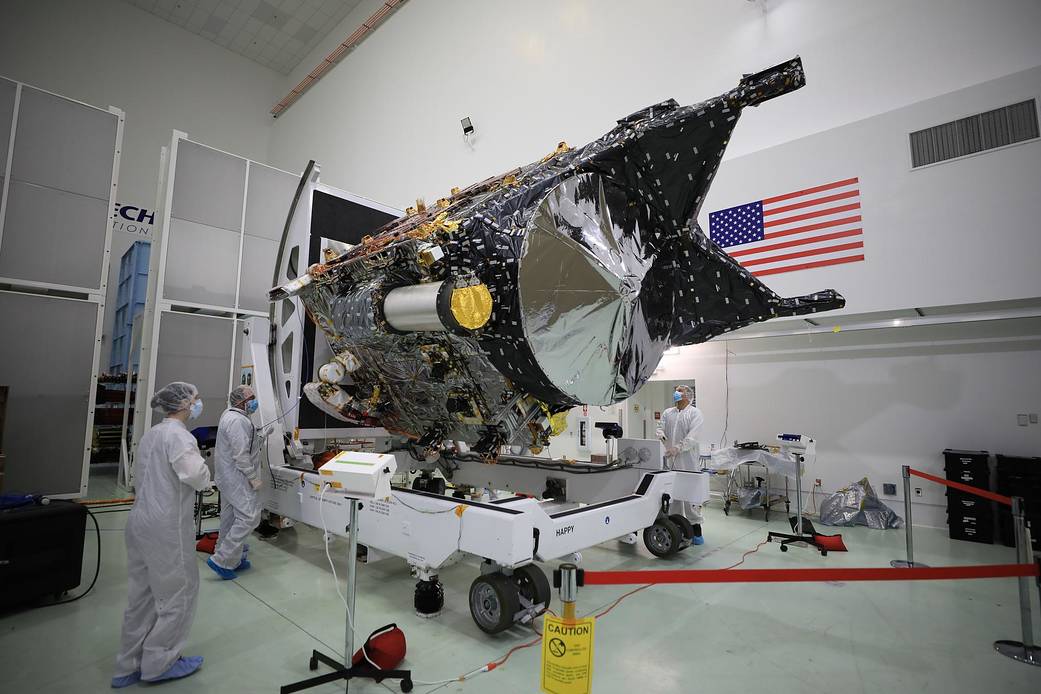
Psyche Mission
Read the Psyche Blog
NASA’s Psyche mission, which will explore a metal-rich asteroid of the same name, launched October 13, 2023.
Psyche launched on a SpaceX Falcon Heavy rocket from Kennedy’s Launch Complex 39A. NASA’s Deep Space Optical Communications technology demonstration, intended to test high-data-rate laser communications, remains integrated into the spacecraft.
Learn More about Read the Psyche Blog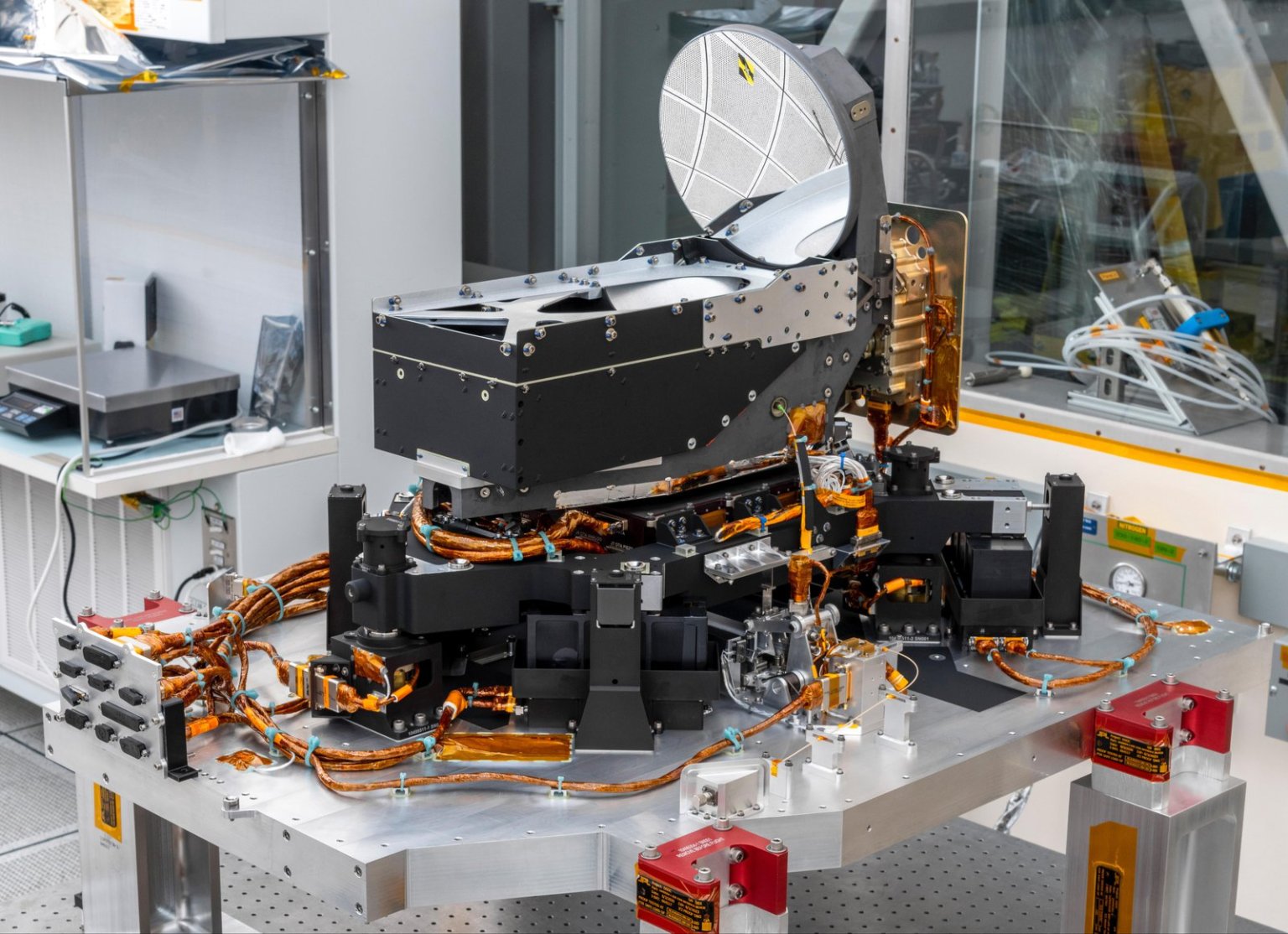
Psyche Images
See images of the Psyche spacecraft and Deep Space Optical Communications (DSOC).
View Images about Psyche Images